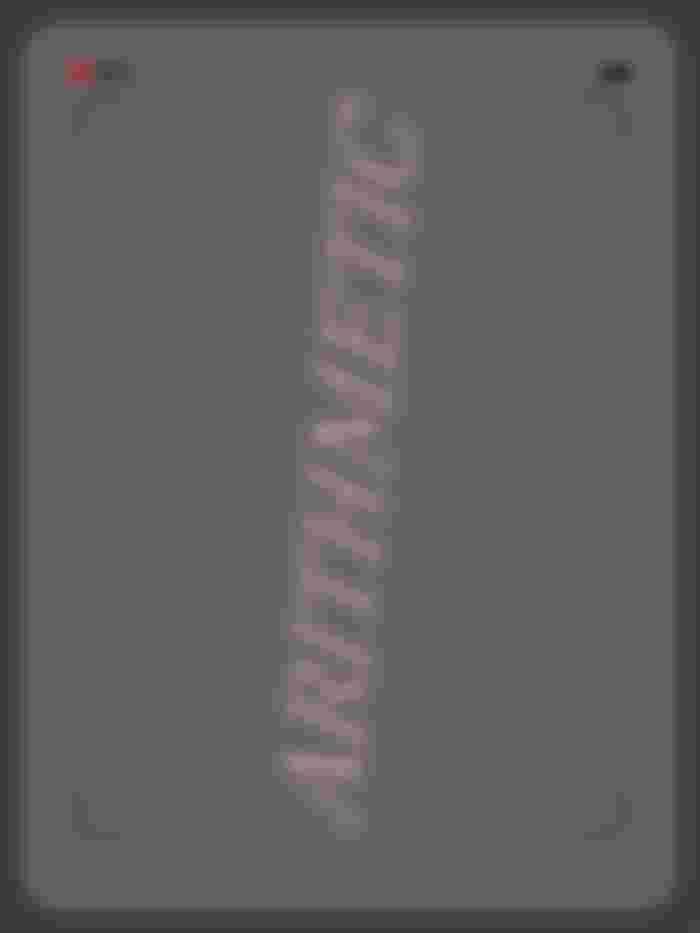Simple Arithmetic
0
17

It is somehow critical that from the earliest years basic arithmetic can't be taught in an incremental and cumulative manner and that students weren't allowed to have sufficient interaction with the material to achieve mastery. More than any other discipline, maths is a cumulative exercise, building year by year. Students who have a "bad year" in math are likely have to suffer for years as a result, and a mastery focus in the curriculum can be of help to ensure that students are not penalized because the school has low standards or inexact goals for students success. This means beginning with the simplest principles and sticking with them until they are thoroughly apprehended before moving to more complex principles.
As with reading, writing and spelling skills, we are seeking automaticity. The basic skills should bee second nature to our students so they are not hindered in tackling more complex computations by lack of facility in the basics. For younger students and perhaps for older, the use off multiple modalities is imperative. Remember Hugo of st victor pacing off the geometric shapes on the floor of his room? This means that manipulatives and other tactile and kinesthetic tools should be an integral part of our pedagogy. Likewise, the rudiments of all the mathematical subdisciplines should be woven into fabric of the early curriculum. Elementary principles of geometry, algebra and statistics should be taught as soon as their foundational skills have been understood, along with understanding the calendar, timelines and the analog clock.
Basic principles should be reinforced incrementally and cumulatively, so that things learned a week or a month ago are reviewed and tested again and again. This principle is antithetical to the organization of most published mathematics curricular that move from unit to unit as if we allow our students to have a sigh off relief because that terrible unit on fractions or negative numbers is behind us, we are effectively doom them to struggle with mathematics throughout their educational careers. There are not very many published examples of an incremental approach to teaching math , but one is worth mentioning. John Saxon realized that his student were frustrated with his algebra class because the text jumped from topic to topic without building upon previously mastered knowledge. He devised an incremental approach that had his students eagerly anticipating the quadratic equation because of their mastery of the elements of the formula in the preceding incremental lessons. Saxon believed students were not ready for complex principles until they had achieved automaticity with the simpler elements that naturally piece together to form the more complex principles of process. With this in mind, Saxon devised a curriculum that backs incremental learning down to fourth grade. His associates have since provided a program that backs his pedagogical approach down to kindergarten. In other words, he used a 12-k approach to curriculum developments.
In conclusion.......
The growing role of computers in every dimension of modern life, our students need a basic understanding of the theory and operation of these machines. It is not sufficient for the young scholar to merely interact with a ""black box"" shrouded in mystery. Some understanding of computer logic, language and operational systems will better prepare them to engage a culture that is increasingly at the mercy of its technology. You don't just tell students to get a calculator without showing them how to use it, there are many things some students do not know in the calculator so when you instruct them to get a calculator give them thorough training on how to use them because "" a better tomorrow starts with a good yesterday and a best tomorrow starts with a better today."""
That is all for now keep rolling and stay with me have a nice day.
